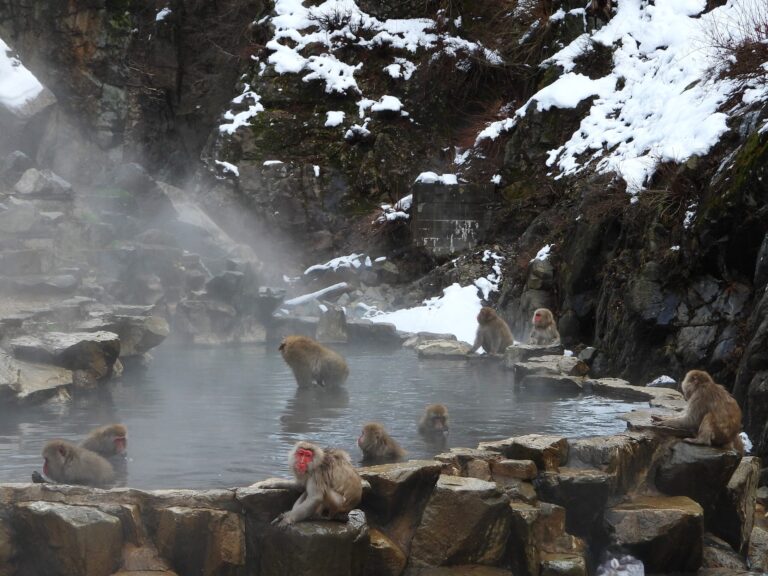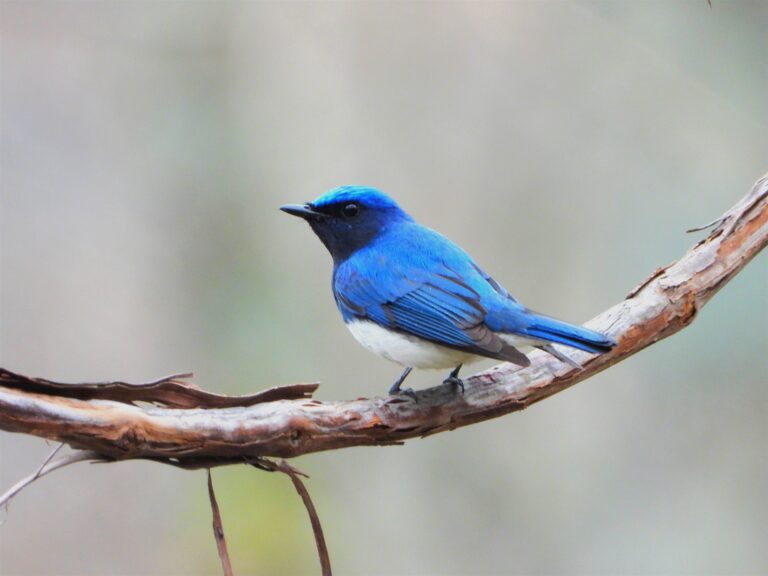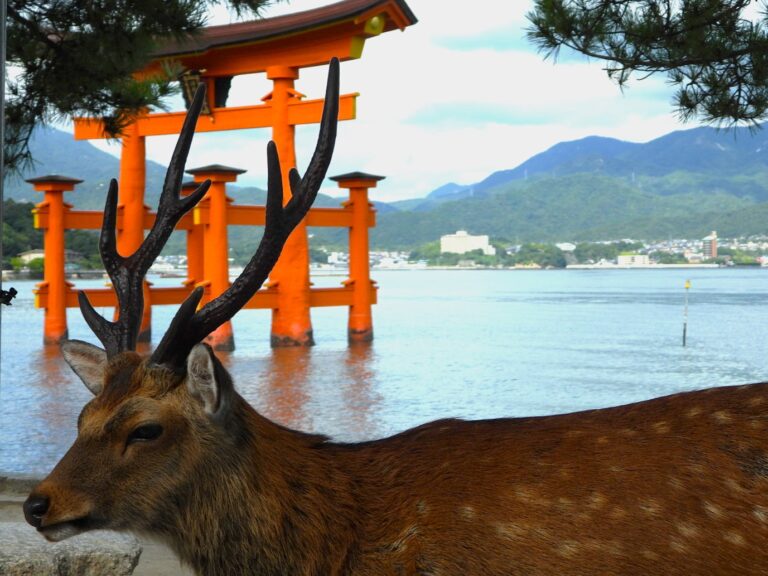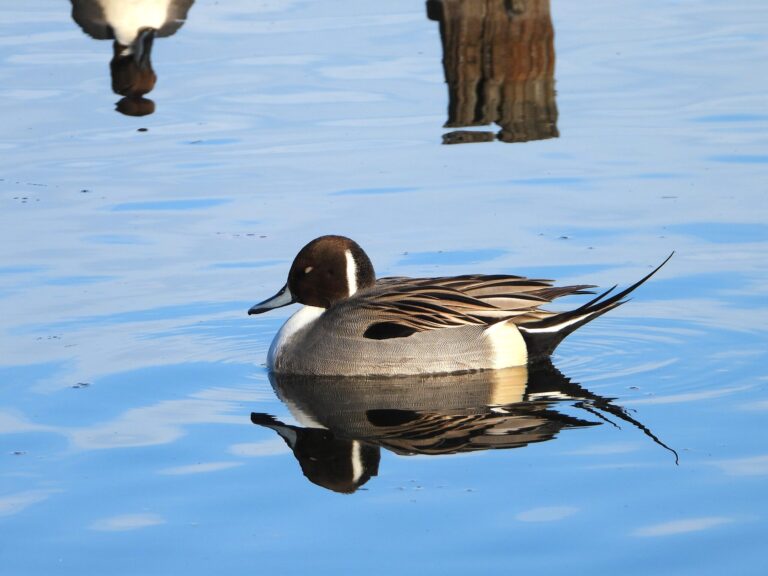The Bluebirds of Happiness in Japan – Where Nature Paints in Blue
For centuries, the bluebird has been a universal symbol of happiness, peace, and hope.
In Japan, these “bluebirds of happiness” are not just metaphors — they are living birds that shine across the seasons.
From mountain forests to ocean cliffs and tropical skies, five species paint Japan with brilliant shades of blue.
Each one carries a quiet message: happiness is closer than we think — hidden in the beauty of nature.
Blue-and-white Flycatcher (Cyanoptila cyanomelana)
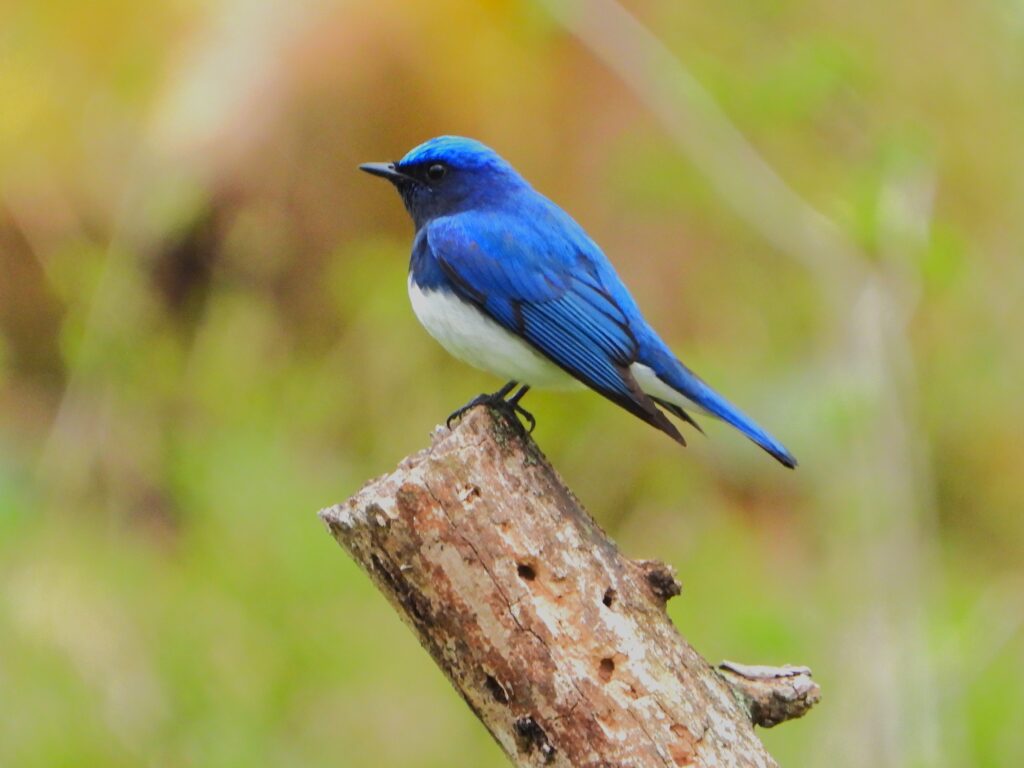
Each spring, a clear whistle rings through Japan’s mountain forests — the song of the Blue-and-white Flycatcher.
The male’s cobalt-blue back and pure white belly create one of the most striking contrasts in nature.
This species migrates from tropical Asia to Japan to breed, announcing the arrival of spring with its melodious call.
When sunlight filters through new leaves and its song fills the air, it feels as if spring itself has found a voice.
Read the full species profile →
Red-flanked Bluetail (Tarsiger cyanurus)
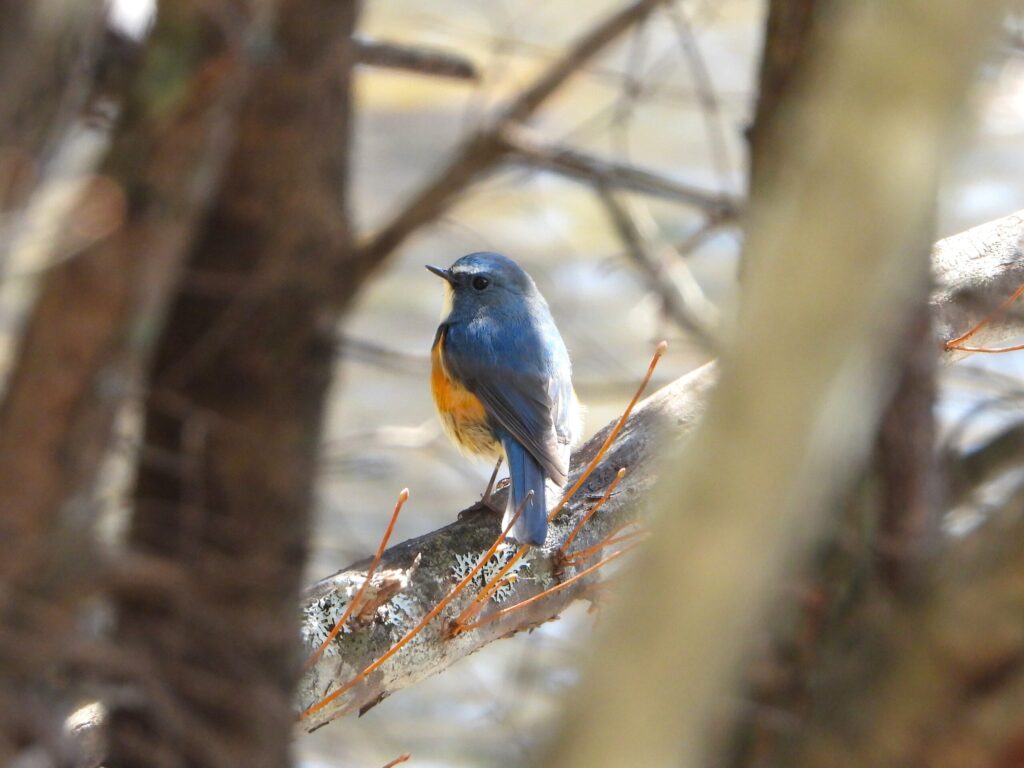
When winter hushes Japan’s forests, a spark of blue appears among the snow.
The male Red-flanked Bluetail glows with deep sapphire and orange flanks, while the female wears gentle olive tones with a hint of blue on her tail.
They perch low in the undergrowth, flicking their tails as they search for insects on the forest floor.
To find one on a cold morning is like finding a piece of the sky resting on a branch.
Read the full species profile →
Blue Rock Thrush (Monticola solitarius)
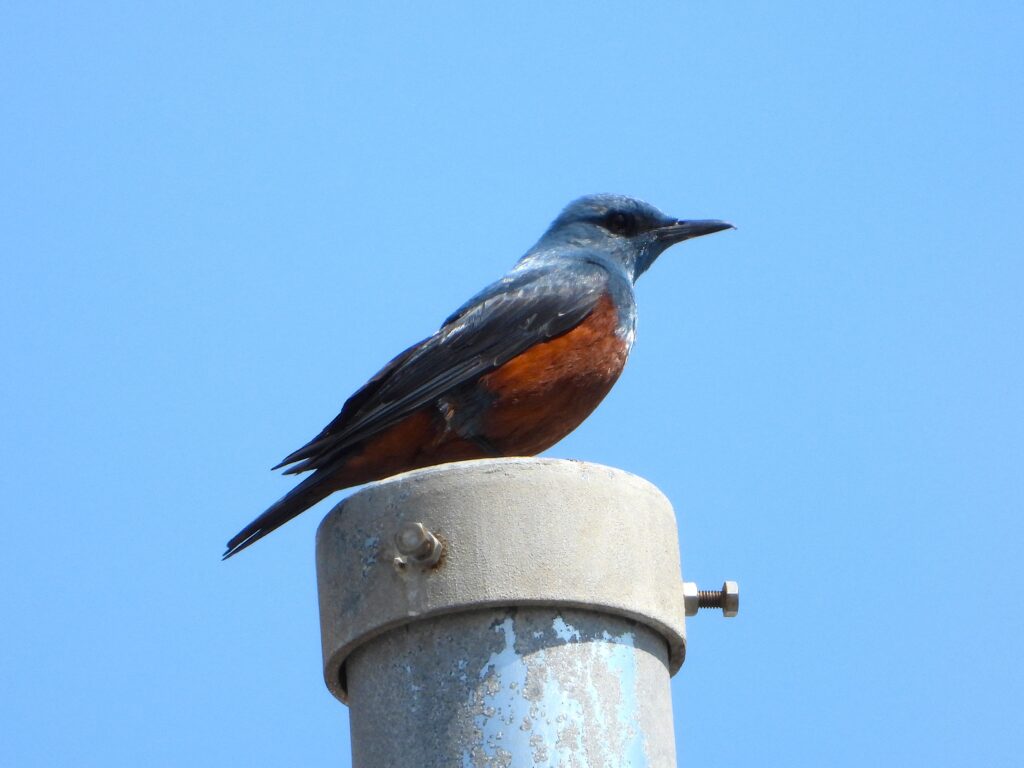
Where land meets sea, the Blue Rock Thrush stands guard.
It lives among rocky shores, sea walls, and even city rooftops, singing a low, flute-like song that echoes over the waves.
The male’s deep indigo feathers shimmer under sunlight — a perfect blend of earth and ocean.
Solitary but strong, it is a quiet symbol of endurance along Japan’s coastlines.
Read the full species profile →
Siberian Blue Robin (Larvivora cyane)
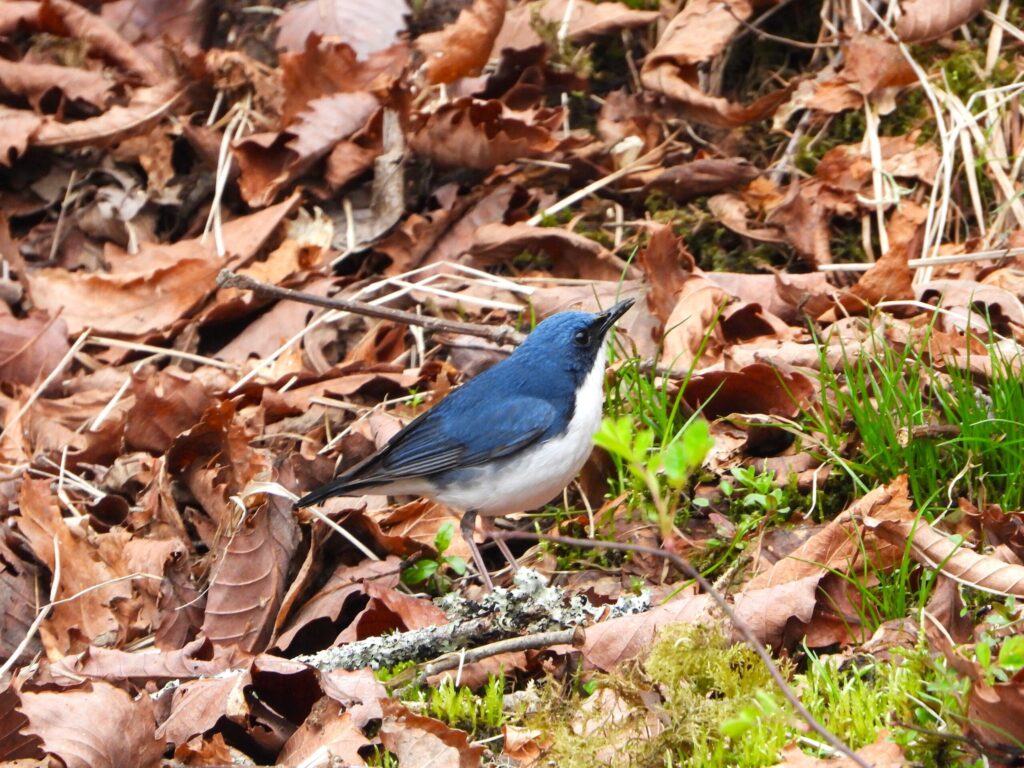
Hidden beneath the shadows of tall trees, the Siberian Blue Robin moves like a whisper.
Males display a soft azure back and a snow-white belly, glowing in the faint forest light.
They walk quietly across the leaf litter, singing gentle, short notes before disappearing again into the green.
Spotting one is rare — a small miracle for those patient enough to wait and listen.
Read the full species profile →
Oriental Dollarbird (Eurystomus orientalis)

Look up in early summer, and you may see a flash of turquoise cutting through the blue.
That’s the Oriental Dollarbird — strong wings, shimmering feathers, and bright blue circles that flash like coins in the sun.
Known in Japan as Buppōsō, it calls with a rattling cry once mistaken for a Buddhist chant.
It hunts insects in midair, twisting and diving in elegant arcs.
Few birds express such pure freedom and joy.
Read the full species profile →
Why Blue Birds Bring Happiness
Blue is the color of calm, honesty, and renewal.
In Japan, it also symbolizes purity and a fresh start — ideals that these birds reflect perfectly.
Each species holds a lesson: the Bluetail teaches quiet strength, the Flycatcher hope, the Thrush endurance, the Robin gentleness, and the Dollarbird freedom.
Together, they remind us that happiness is not something to chase — it’s already here, in the flutter of wings and the silence between songs.
Where to See Them in Japan
Red-flanked Bluetail — Found from Hokkaido to Kyushu, usually in mountain forests and quiet trails during winter.
Blue-and-white Flycatcher — Breeds in Honshu, Shikoku, and Kyushu from spring to summer, especially in lush mountain woods.
Blue Rock Thrush — Seen year-round from Honshu to Okinawa, often along rocky coasts, cliffs, and seaside towns.
Siberian Blue Robin — A summer visitor to Hokkaido and northern Honshu, favoring shaded forest floors and mossy valleys.
Oriental Dollarbird — Appears from Honshu to Okinawa during summer, flying over open countryside and forest edges.
Author’s Reflection
I once met a Ruribitaki — the Red-flanked Bluetail — on a silent mountain trail in winter.
It perched quietly on a mossy branch, its blue feathers glowing against the snow.
For a moment, the world seemed perfectly still.
That small bird carried more warmth than the winter sun.
It was then I understood: the “bluebird of happiness” is not a story — it’s a moment.
And anyone who loves nature can find their own.


